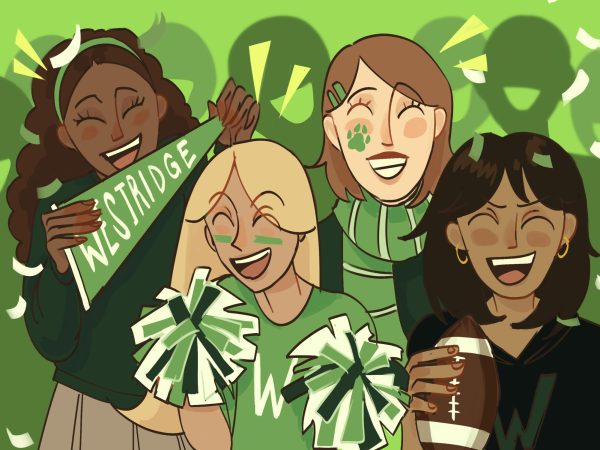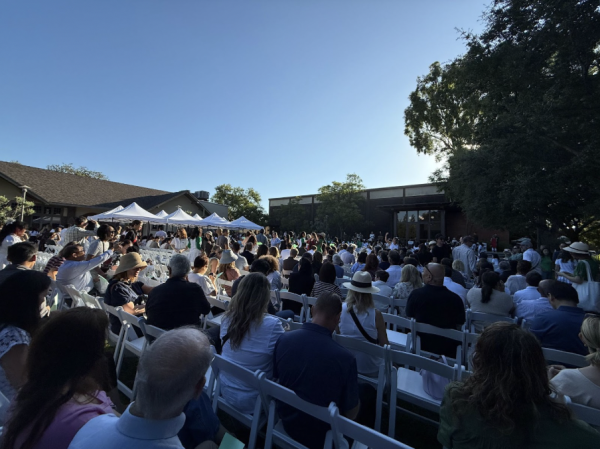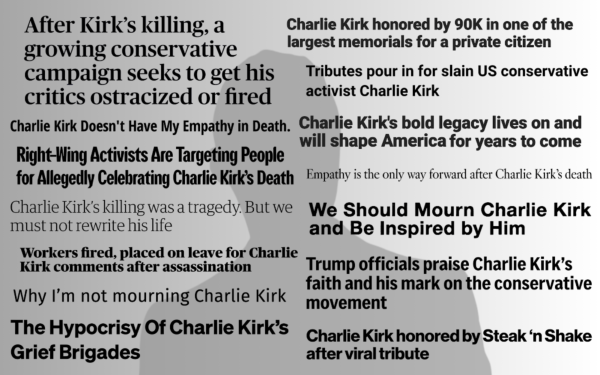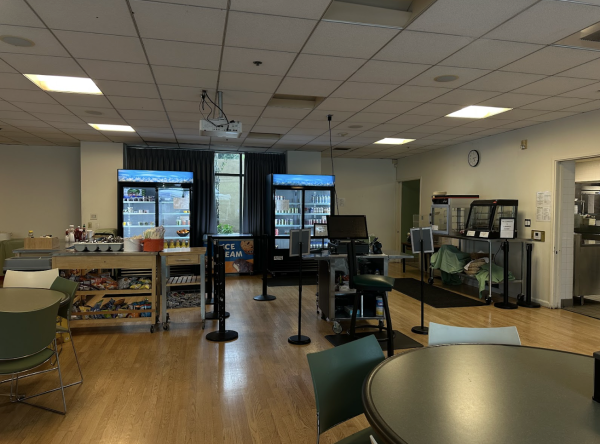History Department Introduces Two New Courses
Upper School students now have two new history course options: Research in History and Global Studies: Latin America. These new course offerings are a continuation of the history department’s goal to provide more opportunities for students with a specific interest in learning the history of different regions.
Ms. Kelley, Chair of the History Department, teaches Research in History, where students do not just study history; they also engage in aspects of the practice of history. “Research in Science students get to work in labs, and Advanced Art Seminar students work together for larger term projects. My course combines those two elements in the sense that I want students to have real-world experience in what it means to research history and humanities.” Instead of jumping around to study different parts of history, students in Research in History work on the same project throughout the year. Ms. Kelley said, “They are doing research over the course of several months, and they really get in-depth into their topic.”
Ms. Kelley hopes that in contrast to an AP course, Research in History can be a class where students’ interests and coursework are individualized to the kind of history they are interested in. “In AP classes, it’s all about content. It is a set curriculum. [Research in History] is so much more individualized,” she said.
Edna H. ’22, a student in the class, explained the research process, “The first two months was research, a lot of Wikipedia, and just really focusing on finding one topic that catches your interest. It’s really about self-research.”
There are no limitations to what students can research. “With a class like Research in History, I purposely made it so the topics are not limited at all. You can research any time, any place, as long as you do so with sources,” said Ms. Kelley. Students begin the project by presenting their preliminary research to the class and then receive feedback on new ideas they can add to their projects. “That’s an experience I had in college and graduate schools where you are really invested in topics such that you can just continue to talk about it and really dive deep. That is part of the experience I wanted for my students,” said Ms. Kelley.
The class allows for different possibilities like research papers or even interactive exhibits for students to present their work. Thus, everything in the course is customized to what the student would like to learn about and how they plan to showcase the information.
Edna chose to research the history of protest fashion, focusing on the 20th and 21st centuries. “My project is about the form and function of clothing and how fashion has evolved because of political issues,” she explained. She will be remaking the attires used in protests throughout the ages and writing a conclusion on the importance of protest fashion.
Ms. Kelley said, “Everything that exists has a history if you can apply the historical methodology to it. So the spirit of the course is to understand that everything has its own complex history.” She wants the projects to be shared with the larger Westridge community and potentially presented at the Voices in Literature Conference.
The other new history course, Global Studies: Latin America, is taught by the Upper School Spanish teacher, Dr. Jessica Pérez del Toro. Dr. del Toro has wanted to create a Latin American history class for over three years. When she realized that students had difficulty forming connections with history from other regions, she wanted to expand their understanding of the world beyond the Western perspective. “As a private institution with a wealth of resources, we need to offer students a wide range of courses that help prepare them for the global world and expose students to different perspectives that are not so Eurocentric,” she said.
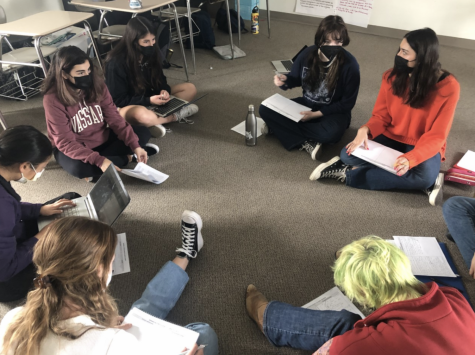
There have been history classes focused on non-European regions. However, Global Studies: Latin America is a continuation and development of what the history department would like to see more of in the Westridge curriculum.
Ms. Kelley said, “[The] Modern World [class] is designed around being slightly less Eurocentric, but the thing about doing a modern history course is that so many things are conditioned by European colonialism that it ends up playing such a central role even if you’re trying to talk about other things.” In contrast, Global Studies is a course where students learn about Latin American history through a specifically non-Eurocentric lens.
“Studying European history is important, but how can we broaden the perspective and the scope? To really prepare students for a more globalized society, it is important for them to learn Latin American history. I am thrilled the history department and admin acknowledged that and that the course is running this year,” said Dr. del Toro.
Students taking the course also feel excited to learn about the history of different regions. “I think the purpose of the course is to make our education system cover a larger range of cultures because we do not want to only be educated on America; we also want to learn about events from all over the world,” said Tiffany C. ’22.
Although Global Studies has been a course offered at Westridge, Latin American history is a new add-on to the course. “What we’ve decided to do is to just be more explicit and intentional about what region is the lens that year, because in previous years, it was framed a lot by whoever was teaching it. And previously, the main focus tended to be Russia and China, just based on the news because Global Studies had such a contemporary focus,” said Ms. Kelley. The region is switched each year so that students look through a variety of lenses while studying the history of different areas around the world.
“The intent is to always offer a rotation of focus on different regions,” said Dr. del Toro. “So hopefully, in the future, we could see an African American or an East Asian history studies course. It would make kids more passionate about learning history.”




























![Dr. Zanita Kelly, Director of Lower and Middle School, pictured above, and the rest of Westridge Administration were instrumental to providing Westridge faculty and staff the support they needed after the Eaton fire. "[Teachers] are part of the community," said Dr. Kelly. "Just like our families and students."](https://westridgespyglass.org/wp-content/uploads/2025/03/dr.-kellyyy-1-e1748143600809.png)























